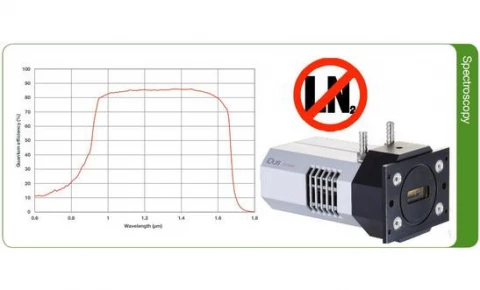Description
The iDus InGaAs 1.7 µm detector from Andor is a cutting-edge solution designed specifically for spectroscopy applications within the wavelength range of 600 nm to 1.7 µm. This advanced detector array is engineered to deliver exceptional performance, making it an ideal choice for scientists and researchers seeking high precision and reliability in their spectroscopic analyses.
With its TE-cooled, in-vacuum sensors, the iDus InGaAs 1.7 µm achieves cooling temperatures down to -90°C, optimizing the Signal-to-Noise ratio and enhancing data accuracy. One of the standout features of the iDus InGaAs 1.7 µm is its remarkable Quantum Efficiency, which exceeds 85%. This high detector sensitivity ensures that even the faintest signals are captured with clarity, providing users with unparalleled data quality.
The detector's design also incorporates a single window, maximizing photon throughput and further enhancing its efficiency in capturing spectral data. Furthermore, the UltraVac™ technology guarantees permanent vacuum integrity, which is critical for maintaining deep cooling and ensuring consistent sensor performance over time.
The iDus InGaAs 1.7 µm is available with a choice of active pixels, either 512 or 1024, and offers pixel sizes of 25 x 500 µm or 50 x 500 µm, catering to various resolution and application needs. Its simple USB 2.0 connection facilitates easy setup and operation, allowing for seamless integration into existing systems. Additionally, the detector supports software-selectable output amplifiers, enabling users to optimize their operations with either High Dynamic Range or High Sensitivity modes. This versatility, combined with a minimum exposure time of just 1.4 µs, makes the iDus InGaAs 1.7 µm a highly adaptable tool for a wide array of scientific investigations.
iDus InGaAs Detector for Spectroscopy DU490A
Specifications
| Sensor Type: | InGaAs Array |
|---|---|
| # Pixels (Width): | 512 |
| # Pixels (Height): | 1 |
| Pixel Size (Square): | 25 um |
| Peak Quantum Efficiency: | 85 % |
| Full Frame Rate: | 193 fps |
| Bit Depth: | 16 bit |
| Pixel Size: | 25um X 500um |
Features
- Operating Wavelength Range: 0.6 to 1.7 μm
- Peak Quantum Efficiency: Greater than 85% for high detector sensitivity
- TE Cooling: Cooled to -90°C to minimize dark current without the need for LN2
- UltraVac™ Technology: Ensures permanent vacuum integrity for optimal sensor performance
- Single Window Design: Maximizes photon throughput
- Pixel Width Options: 25 μm pixel width, ideal for high-resolution NIR spectroscopy
- Connectivity: Simple USB 2.0 plug and play connection with no controller box required
- Input/Output Features: External Trigger, Fire, and Shutter TTL; I2C for advanced users
- Output Amplifiers: Software-selectable for High Dynamic Range (HDR) or High Sensitivity (HS) modes
- Minimum Exposure Time: 1.4 μs for high time-resolution and reduced dark current contribution
- Active Pixels: Available in 512 or 1024 configurations
- Pixel Size: Options of 25 x 500 μm or 50 x 500 μm
- Maximum Spectra per Second: Up to 193 spectra per second
- Read Noise: Typically 580 e-
- Dark Current: Typically 11.7 ke-/pixel/sec
- Digitization: 16-bit resolution
- System Window Type: UV-grade fused silica, 'Broadband VUV-NIR', unwedged
Applications
- NIR Absorption, Transmission, and Reflection Spectroscopy: Accurate spectral analysis across 600 nm to 1.7 µm
- Near-Infrared Photoluminescence Studies: High sensitivity detection for semiconductor and material research
- 1064 nm Raman Spectroscopy: Optimized for Stokes and anti-Stokes Raman signal detection
- Time-Resolved Spectroscopy: Enabled by fast exposure and readout capabilities for dynamic studies
Frequently Asked Questions
What is the wavelength range of Andor's iDus InGaAs detector array for Spectroscopy?
What is the peak QE of the detector?
What is the minimum exposure time for the detector?
What are the available pixel sizes for the detector?
What is the maximum cooling temperature that can be achieved with the detector?
Similar Products
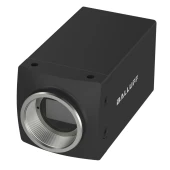
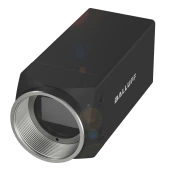
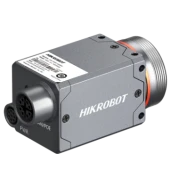
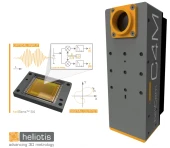
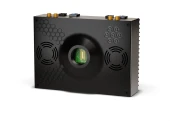
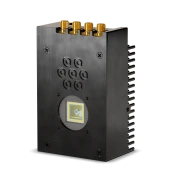
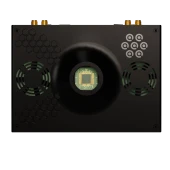
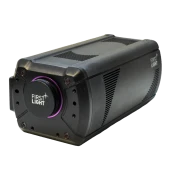
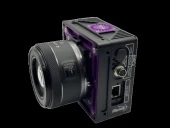
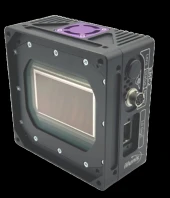
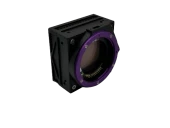
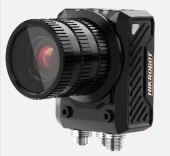
Your inquiry has been received.
Create an account by adding a password
Why create an account?
- Auto-complete inquiry forms
- View and manage all your past messages
- Save products to your favorites
- Close your account anytime — no hassle
